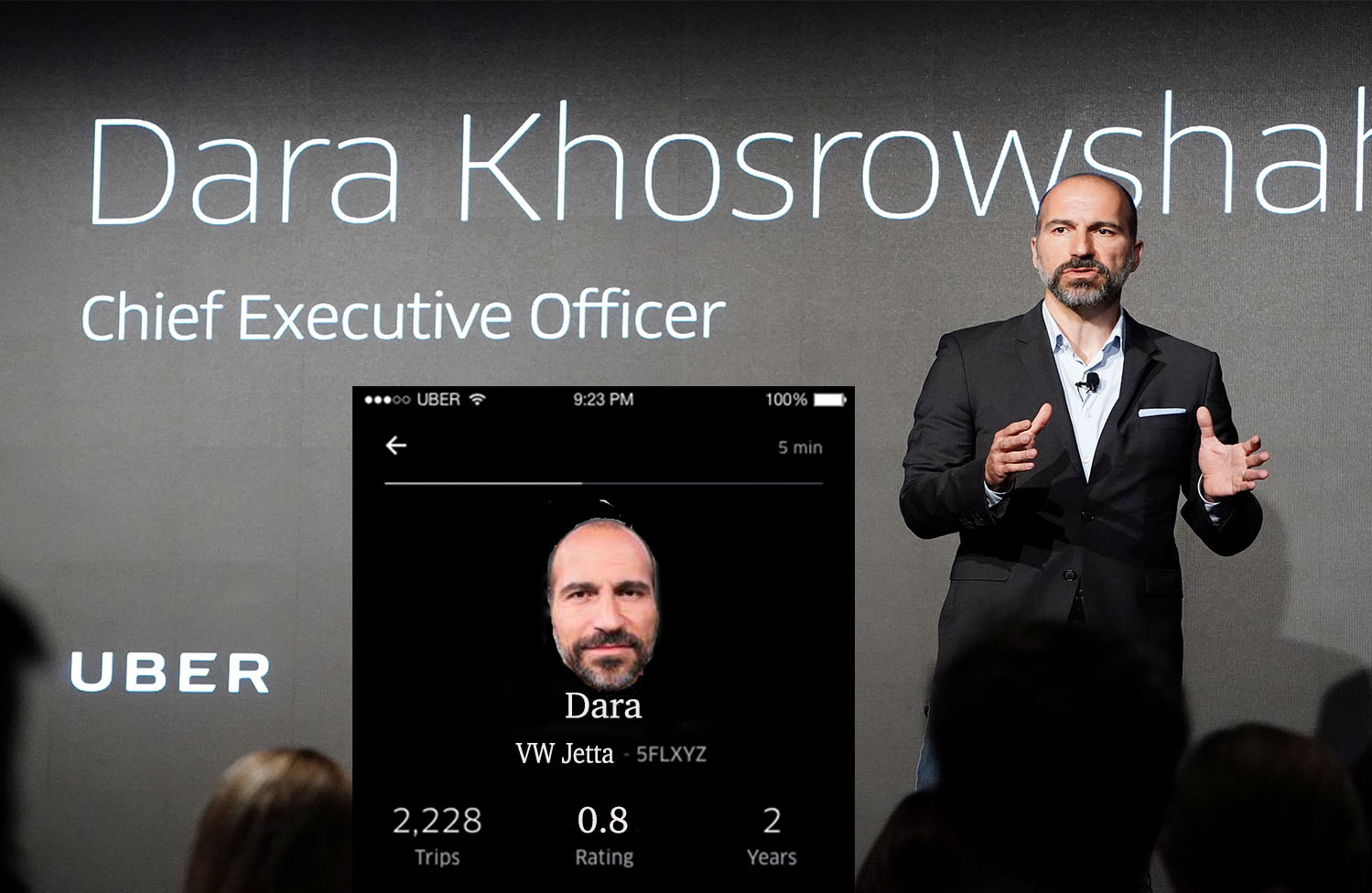Over the course of the last few years, Uber Technologies Inc., the ride-hailing application used by drunk girls and business folk alike, has maneuvered itself around many road obstructions in the form of a series of scandals, sexual harassment claims, and of course, the alleged theft of industry secrets from rival Alphabet Inc. Earlier this year, Uber’s co-founder and CEO, Travis Kalanick, resigned after investors insisted that he step down following countless charges and scandals.
The company’s new chief executive, Dara Khosrowshahi, has done everything in his power to bring estranged investors back into the fold, as well as create new initiatives to attract drivers and riders who might otherwise use any one of the growing ride-hailing applications.
Uber has received numerous proposals from Wall Street banks valuing the company at nearly $120 billion in an initial public offering (IPO) that is likely to occur early 2019. The colossal evaluation is double Uber’s valuation in a fundraising round several months ago, and “more than General Motors., Ford Motor Co. and Fiat Chrysler Automobiles are worth combined.
The two banks responsible for these valuation proposals, Goldman Sachs Group Inc. and Morgan Stanley, have offered their insight as to how to best position Uber’s shares to potential investors, in the event that the company chooses to go public. The Company, founded in 2009, is part of a unique group of highly valued startups who’ve staved off entering the public markets. Reports are indicating that Uber’s rival, Lyft, has an IPO in the woodwork.
Early on Tuesday, Lyft announced their selection of JPMorgan Chase & Co. as the “lead underwriter of its initial public offering along with Credit Suisse Group and Jefferies Group, the WSJ reported. The first step in the process of filing an IPO typically involves choosing an underwriter, and Lyft hopes to beat Uber to market. Though Lyft’s valuation will exceed its initial $15.1 billion valuations raised in private funding from earlier this year, the company’s value is considerably lower than Uber.
Unless Lyft can beat Uber to a public offering, the company runs the risk of losing market interest, given the massive valuation of its largest competitor. Lyft’s saving grace, if anything, will be its recent foray into the “micro-mobility” space. The company recently released bikes and scooters for rental all around the United States, competing with scooter-sharing companies like Bird and Lime.
The ride-hail company is, unfortunately, playing a massive game of catch-up in a market that’s bursting at the seams with billion0dollar startups, but while other companies have faced scrutiny for placing their scooters without proper permitting, Lyft believes they can play nice with city officials.
Uber acquired bike-sharing startup, Jump, in April, in a deal reportedly worth over $100 million, and has seen riders try to be more environmentally conscious and enjoy the outdoors. Now, to assure Lyft’s position in the slow-lane, Uber is pushing Jump to add electric scooter sharing to their platform.
“We want to be the Amazon of transportation. And hopefully, 10 years from now, no one in the audience is going to own a car.”
- Dara Khosrowshahi CEO Uber Technologies Inc.
Uber released their first Jump scooters in Santa Monica, no doubt to signal to Bird, whose headquarters is based in the beachside city, that a storm is coming and they should wise up, lest they get their wings wet.
Uber riders will be able to locate and claim a Jump electric scooter from the same app that they hail rides. Riders will simply scan on QR code located on the center of the steering mechanism, and start riding the scooters. The company reports that rides cost $1 to start and $0.15 per minute afterward.
With Uber and Lyft hot to beat one another to their respective IPOs, it will be interesting to see how the market prepares for these two ride-hailing behemoths to enter the space.





